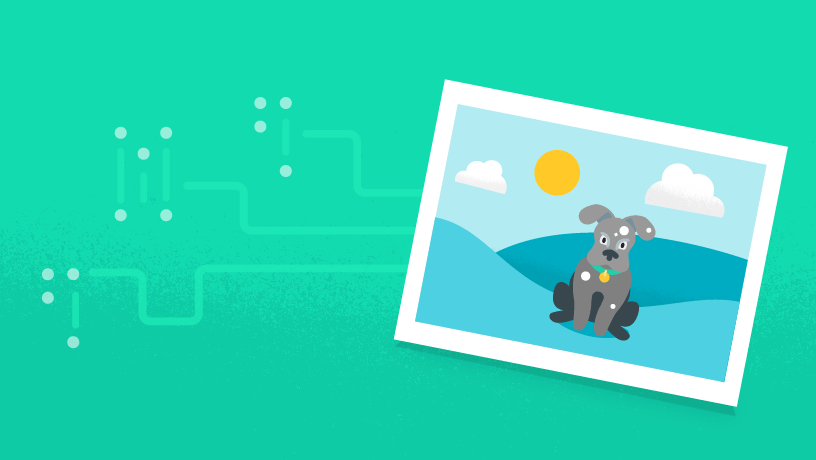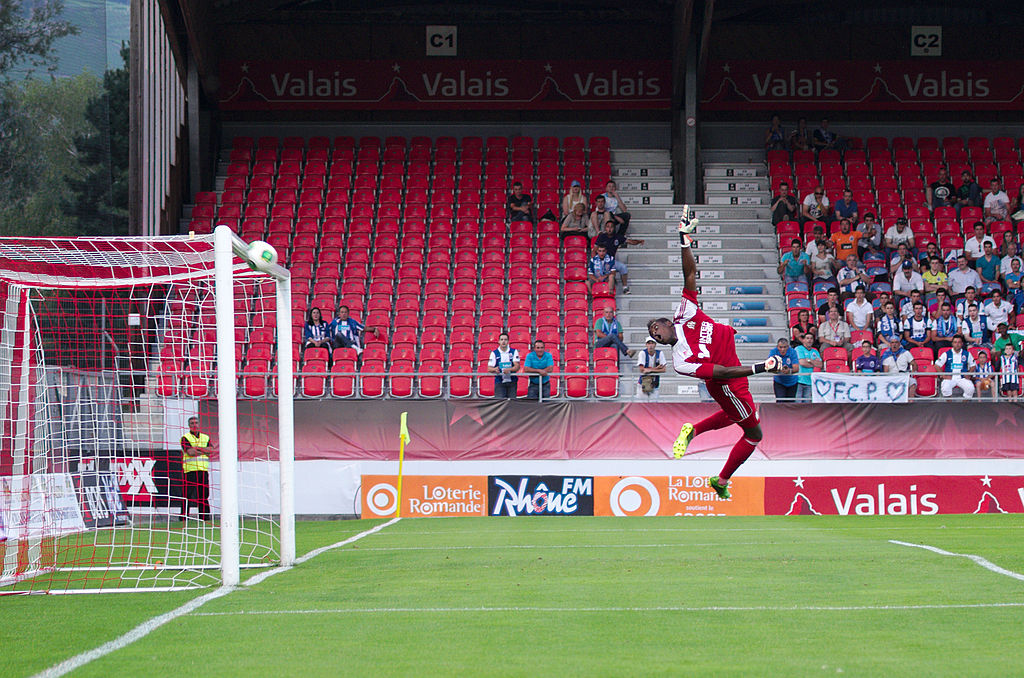
با APIهای برچسبگذاری تصویر ML Kit میتوانید اطلاعات موجودات موجود در یک تصویر را در گروه گستردهای از دستهها شناسایی و استخراج کنید. مدل برچسبگذاری تصویر پیشفرض میتواند اشیاء عمومی، مکانها، فعالیتها، گونههای جانوری، محصولات و موارد دیگر را شناسایی کند.
همچنین میتوانید از یک مدل طبقهبندی تصویر سفارشی برای تنظیم تشخیص به یک مورد خاص استفاده کنید. برای اطلاعات بیشتر به استفاده از یک مدل سفارشی TensorFlow Lite مراجعه کنید.
قابلیت های کلیدی
- یک طبقهبندیکننده پایه همه منظوره قدرتمند بیش از 400 دسته را تشخیص میدهد که متداولترین اشیا را در عکسها توصیف میکنند.
- با استفاده از مدلهای سفارشی، از مدلهای از پیش آموزشدیده دیگر TensorFlow Hub یا مدل سفارشی خود که با TensorFlow، AutoML Vision Edge یا TensorFlow Lite Model سازنده آموزش دیدهاند، استفاده کنید.
- APIهای سطح بالا با کاربری آسان، نیازی به پرداختن به ورودی/خروجی مدل سطح پایین، پردازش تصویر قبل و بعد، یا ساخت خط لوله پردازش نیست. ML Kit برچسب ها را از مدل TensorFlow Lite استخراج می کند و آنها را به عنوان توضیحات متنی ارائه می دهد.
توجه داشته باشید که این API برای مدل های طبقه بندی تصویر که تصویر کامل را توصیف می کنند در نظر گرفته شده است. برای طبقهبندی یک یا چند شیء در یک تصویر، مانند کفشها یا تکههای مبلمان، API تشخیص و ردیابی شیء ممکن است مناسبتر باشد.
مدل های طبقه بندی تصویر پشتیبانی شده
Image Labeling API از مدل های مختلف طبقه بندی تصویر پشتیبانی می کند:
| مدل های طبقه بندی تصویر پشتیبانی شده | |
|---|---|
| مدل پایه | API به طور پیشفرض از یک مدل برچسبگذاری تصویر همه منظوره قدرتمند استفاده میکند که بیش از 400 موجودیت را شناسایی میکند که متداولترین مفاهیم در عکسها را پوشش میدهند. |
| مدل های سفارشی TensorFlow Lite | برای هدف قرار دادن مفاهیم خاص برنامه، API مدل های طبقه بندی تصویر سفارشی را از طیف گسترده ای از منابع می پذیرد. اینها می توانند مدل های از پیش آموزش دیده دانلود شده از TensorFlow Hub یا مدل های خودتان باشند که با AutoML Vision Edge، TensorFlow Lite Model Maker یا خود TensorFlow آموزش دیده اند. مدلها را میتوان با برنامه شما همراه کرد یا با Firebase Machine Learning میزبانی کرد و در زمان اجرا دانلود کرد. |
با استفاده از مدل پایه
مدل پایه ML Kit فهرستی از موجودیت هایی را برمی گرداند که افراد، اشیا، مکان ها، فعالیت ها و غیره را شناسایی می کنند. هر موجودیت دارای امتیازی است که نشان دهنده اطمینان مدل ML به ارتباط آن است. با این اطلاعات می توانید کارهایی مانند تولید خودکار ابرداده و تعدیل محتوا را انجام دهید. مدل پیش فرض ارائه شده با کیت ML بیش از 400 موجودیت مختلف را شناسایی می کند.
برچسب های نمونه
مدل پایه در API برچسبگذاری تصویر از بیش از 400 برچسب پشتیبانی میکند، مانند مثالهای زیر:
| دسته بندی | برچسب های نمونه |
|---|---|
| مردم | CrowdSelfieSmile |
| فعالیت ها | DancingEatingSurfing |
| چیزها | CarPianoReceipt |
| حیوانات | BirdCatDog |
| گیاهان | FlowerFruitVegetable |
| مکان ها | BeachLakeMountain |
نتایج نمونه
در اینجا نمونه ای از موجودیت هایی است که در عکس همراه شناسایی شده اند.

| برچسب 0 | |
|---|---|
| متن | استادیوم |
| اعتماد به نفس | 0.9205354 |
| برچسب 1 | |
| متن | ورزش ها |
| اعتماد به نفس | 0.7531109 |
| برچسب 2 | |
| متن | رویداد |
| اعتماد به نفس | 0.66905296 |
| برچسب 3 | |
| متن | اوقات فراغت |
| اعتماد به نفس | 0.59904146 |
| برچسب 4 | |
| متن | فوتبال |
| اعتماد به نفس | 0.56384534 |
| برچسب 5 | |
| متن | خالص |
| اعتماد به نفس | 0.54679185 |
| برچسب 6 | |
| متن | گیاه |
| اعتماد به نفس | 0.524364 |
با استفاده از یک مدل سفارشی TensorFlow Lite
مدل برچسبگذاری تصویر پایه کیت ML برای استفاده عمومی ساخته شده است. این آموزش برای تشخیص 400 دسته که رایج ترین اشیاء یافت شده را در عکس ها توصیف می کنند، آموزش دیده است. برنامه شما ممکن است به یک مدل طبقهبندی تصویر تخصصی نیاز داشته باشد که تعداد محدودتری از دستهها را با جزئیات بیشتر تشخیص دهد، مانند مدلی که بین گونههای گل یا انواع غذا تمایز قائل شود.
این API به شما امکان میدهد با پشتیبانی از مدلهای طبقهبندی تصویر سفارشی از طیف گستردهای از منابع، برای یک مورد خاص استفاده کنید. لطفاً برای کسب اطلاعات بیشتر به مدل های سفارشی با کیت ML مراجعه کنید. با استفاده از سرویس استقرار مدل Firebase Machine Learning، میتوان مدلهای سفارشی را با برنامهتان همراه کرد یا بهصورت پویا از ابر دانلود کرد.
پیش پردازش تصویر ورودی
در صورت نیاز، Image Labeling از مقیاس بندی و کشش تصویر دوخطی برای تنظیم اندازه تصویر ورودی و نسبت ابعاد استفاده می کند تا مطابق با الزامات مدل اصلی باشد.

